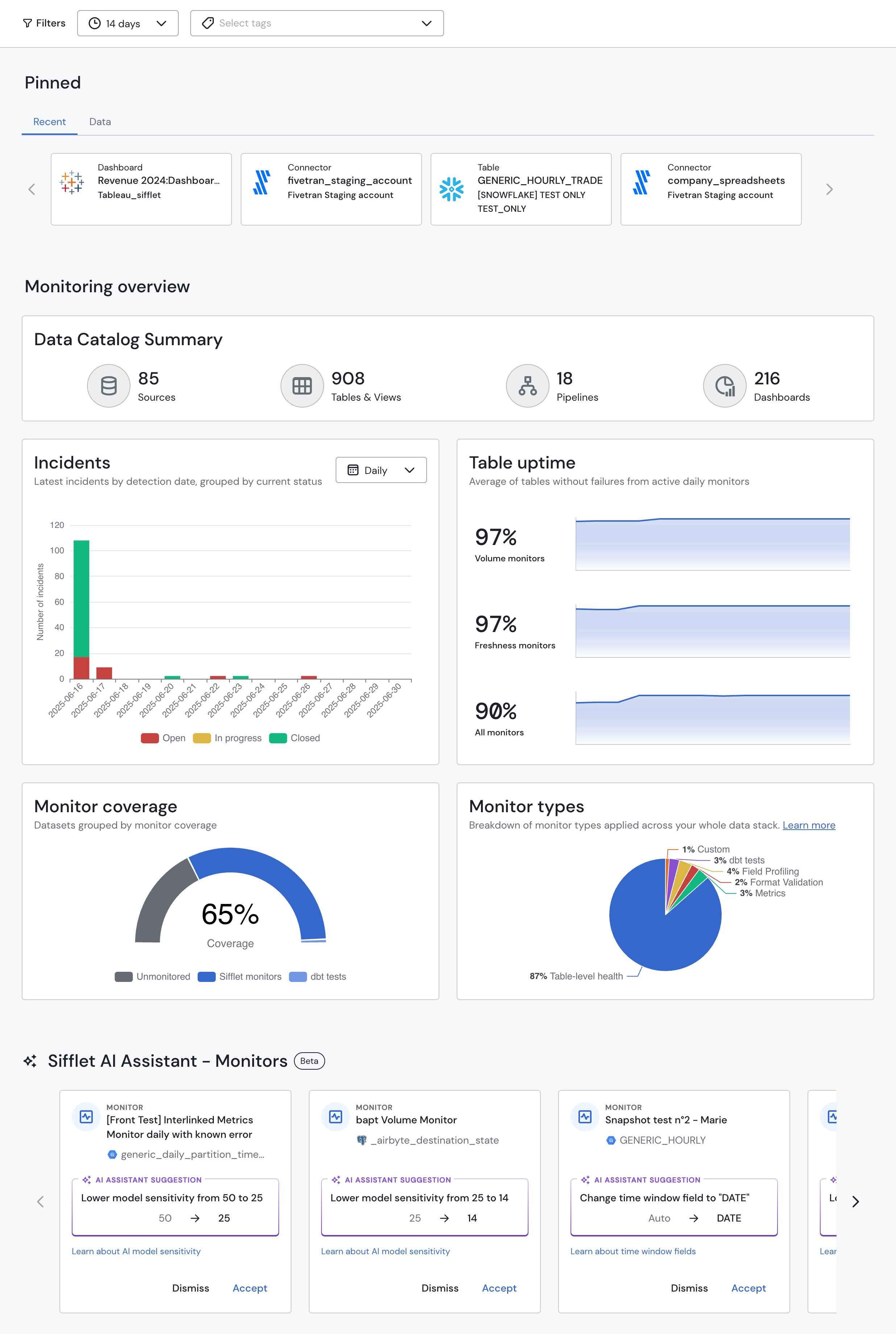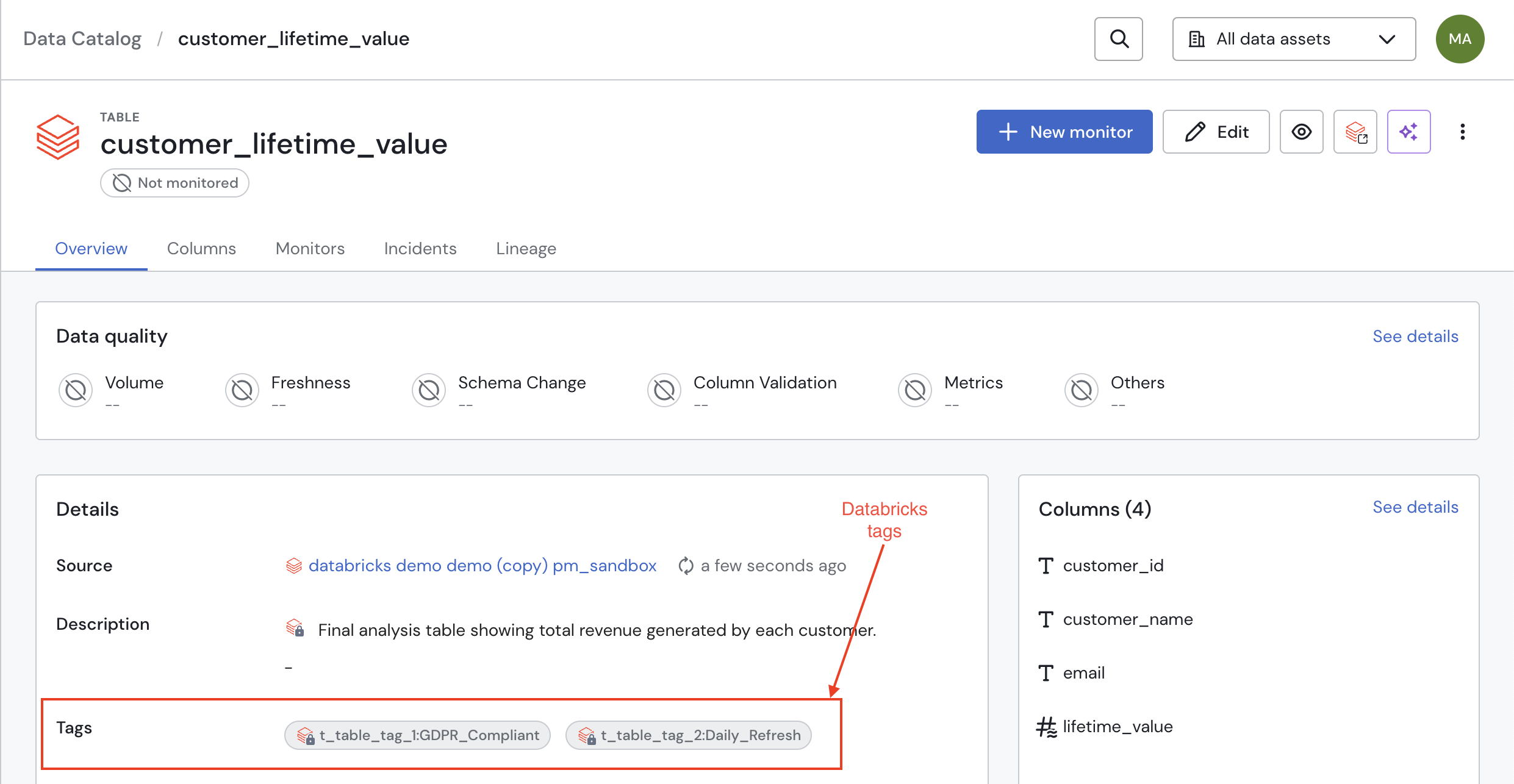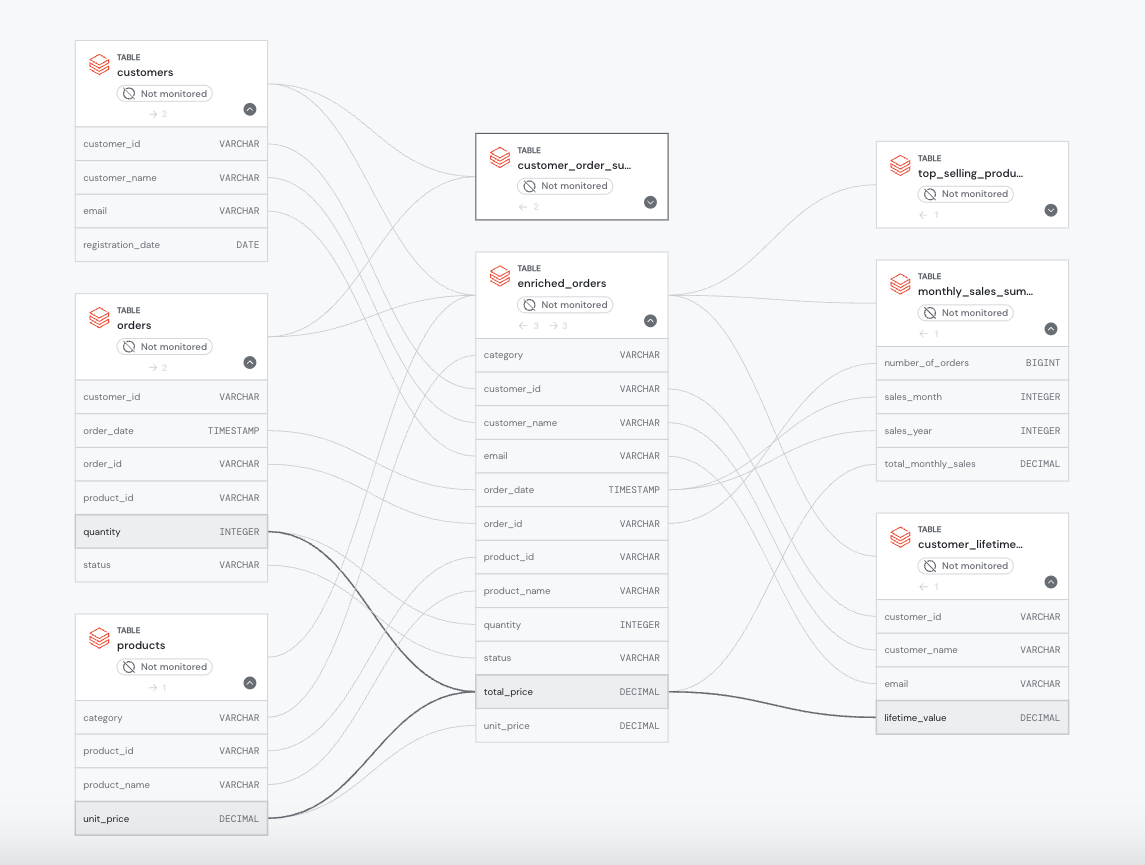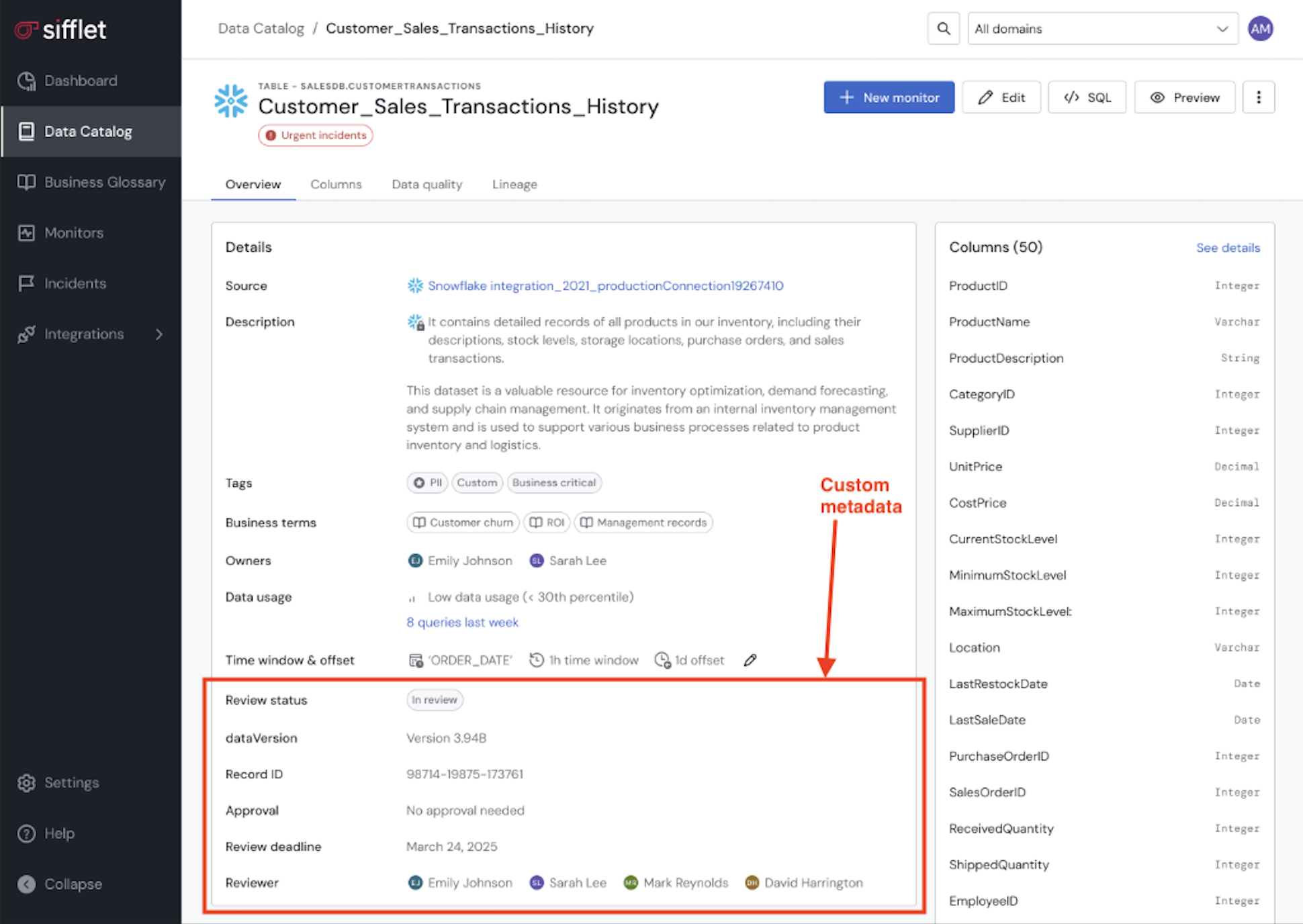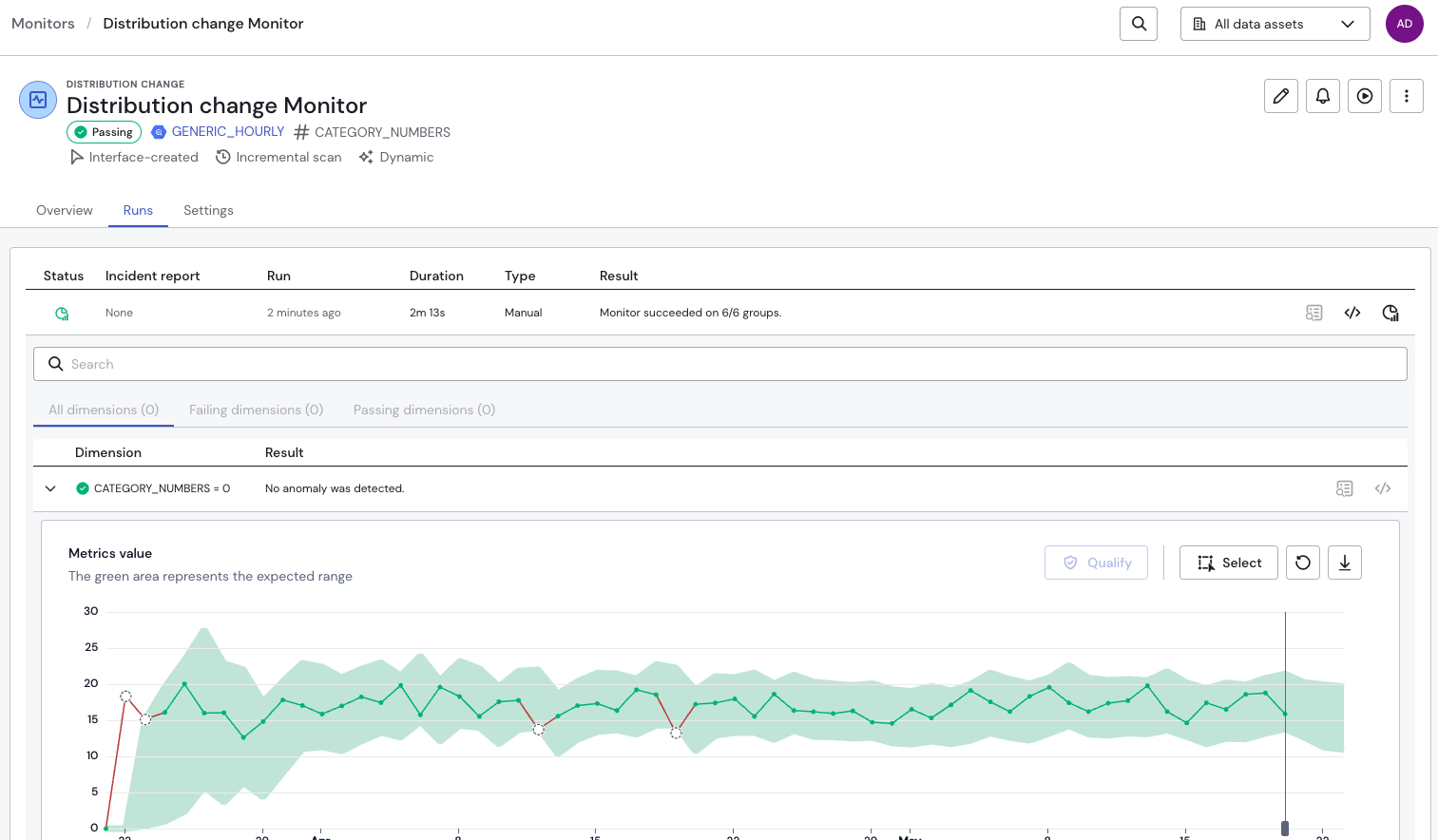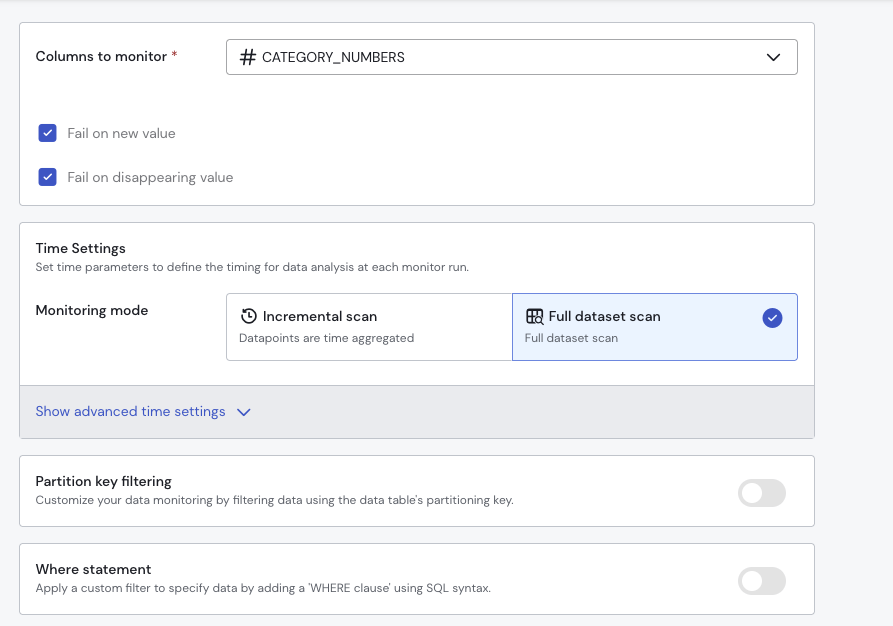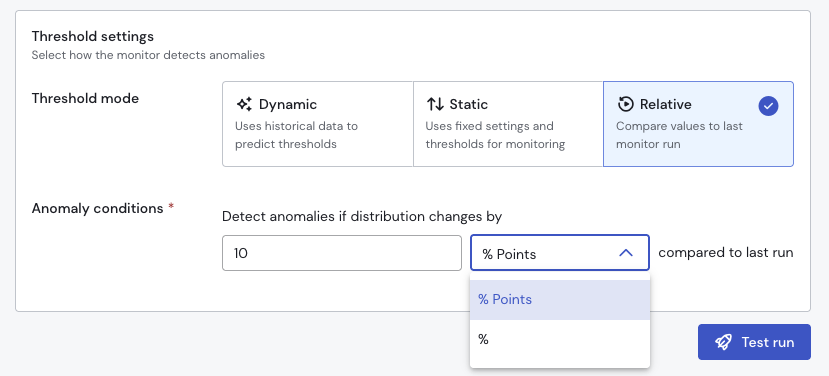Announcing Data Products: Unlock a Holistic View of Your Data
by Mahdi KarabibenWe're excited to announce the launch of Data Products, a powerful new way to group, monitor, and govern your data assets based on the business value they deliver.
You can now group related assets—such as tables, pipelines, and dashboards—into a single Data Product. This allows you to monitor the health of an entire end-to-end pipeline as one unit, rather than as dozens of separate components.
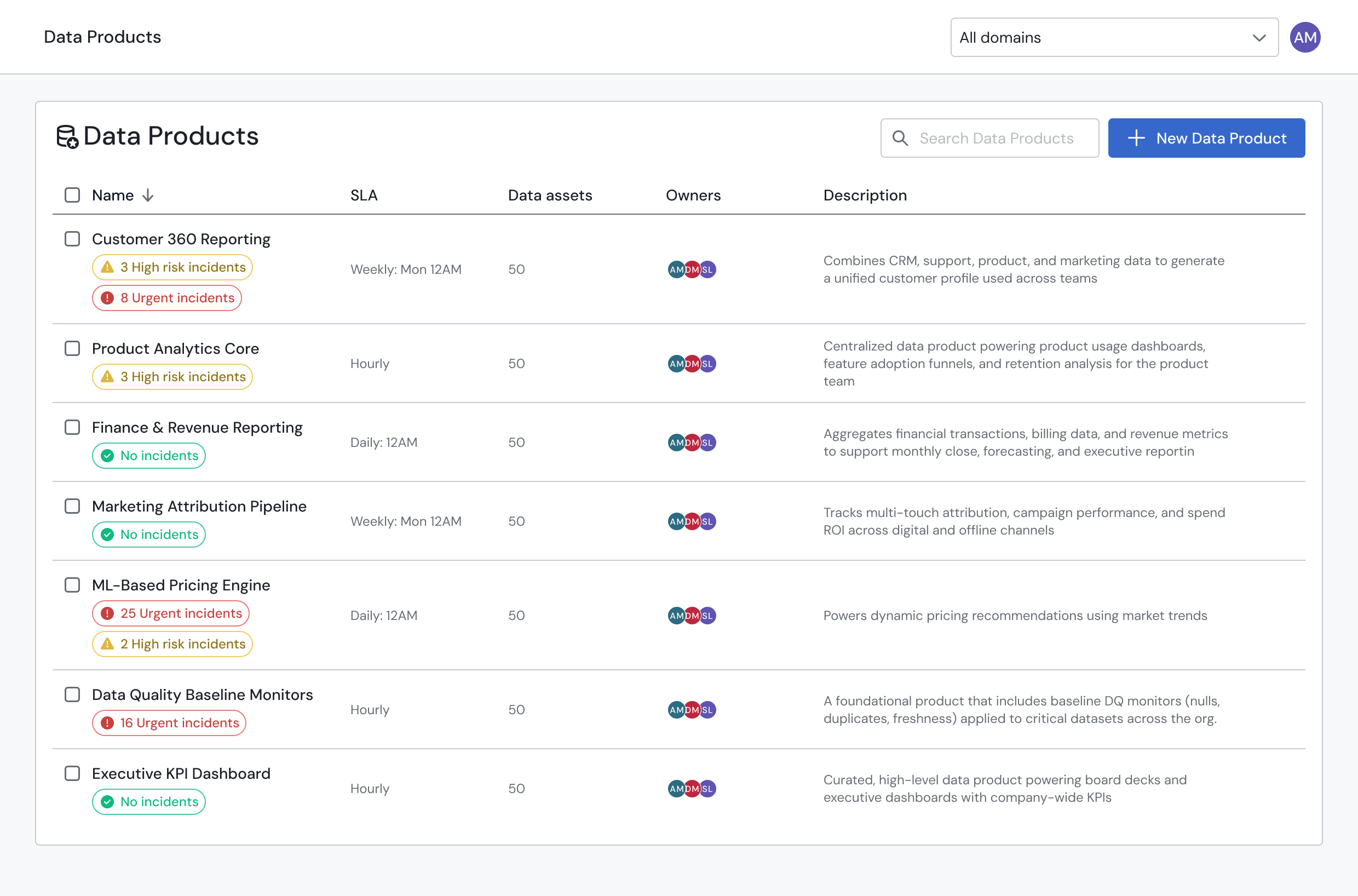
The new Data Products page
What you can do with Data Products:
- Monitor End-to-End Health: Get an at-a-glance status (Healthy, High-Risk Incidents, Urgent Incidents) for your most critical data pipelines.
- Establish Clear Ownership: Assign owners to a complete business use case, making it clear who is responsible for the "Marketing Analytics" or "Product Recommendations" data.
- Scale Your Governance: Define default alerting and notification strategies at the product level to ensure consistent standards across all related assets.
- Tie Data to Value: Link technical assets directly to their business purpose with detailed descriptions and SLAs.
How to get started:
- Find the new Data Products page in the main navigation menu to create your first product.
- You will now see a "Data Products" attribute on your asset pages, showing which products they belong to.
Check out our documentation to learn more about how to leverage Data Products to build more trust in your data.
Coming Soon: We're already hard at work on the next wave of enhancements. Look forward to:
- Data Product Lineage: The ability to visualize dependencies and relationships between your Data Products.
- Monitoring Strategies: The power to define and apply monitoring rules across all assets within a Data Product to enforce standards at scale.

